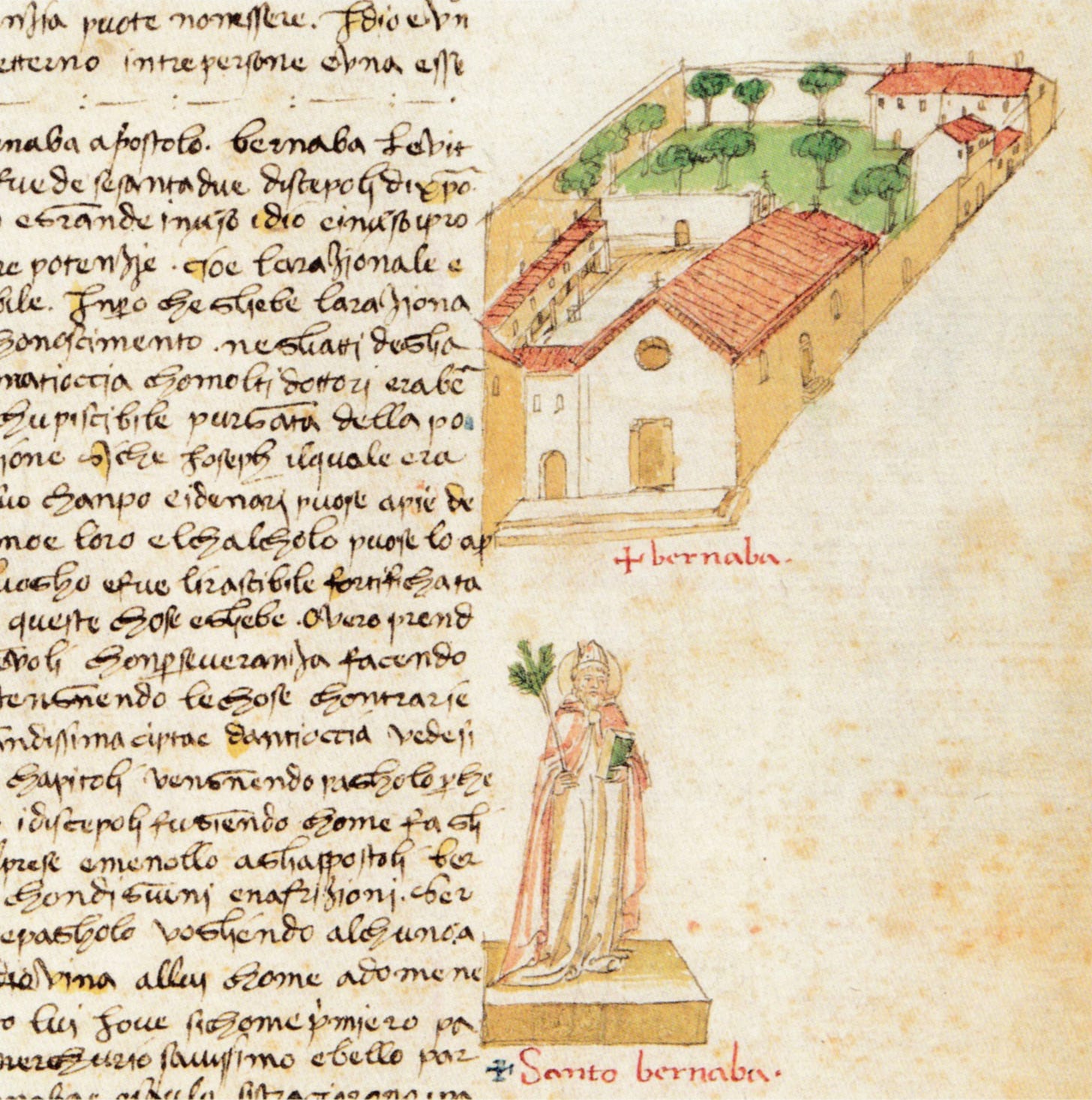The Zibaldone
The commonplace book of Florentine Italy

Though it sounds like an unusual kind of pasta, a zibaldone is what is known as a “commonplace book,” or diary of hodgepodge, ubiquitous to mid-14th century Florentine Italy. These were diaries that weren’t really diaries (those were called ricordi, and were very like memoirs), but a collection of everything: letters, personal thoughts, copied texts, poems, scientific information, financial account notes, and whatever else grabbed the interest of the author. The Florentine culture saw a significant increase in literacy at this time among the middle class, and the zibaldone flourished in its’ wake.
I’m sure a few of them talked about unusual pasta.
In many ways, the zibaldone is closest to the type of “perpetual” journaling we see today — on each page is a collection of items seen, questions asked, thoughts, and perhaps a cute sketch of the lunch we had with our friend (pasta, of course). Each perpetual journal is as unique as a fingerprint — I have seen ones done in lovely ink and wash with carefully written script, I’ve seen ones more heavy on text, ones more visually oriented, ones that clearly revolve around a specific theme. The overarching concept is one of a catalogue of days, where moments, thoughts, sights, smells, sounds are preserved for later.

There are other journaling methods that mirror the concept of the zibaldone as well: nature journaling, which began from scientific inquiry; sketchnoting, which is a method of visual notetaking; and bullet journaling, which while it began as a productivity hack, the indexing capability has expanded to include lists of minutiae and other things of importance to whomever the author is. (We will be discussing each of these disciplines in later posts.)
My own journaling has, in recent years, come to mirror something more like the zibaldone, where I “collect” images (both from the reality of my day and fanciful imaginations), text, thoughts, notes, and more. Downfalls to this method are that often (or at least in my case), images I desperately want to share with the world end up haphazardly juxtaposed with very private text. Benefits are that it is natural to journal in a “stream of consciousness” way that truly illustrates the twists and turns of our brain on paper.
Which is, perhaps, the draw of the zibaldone itself: peeking inside the pages, is a peek inside the mind.

